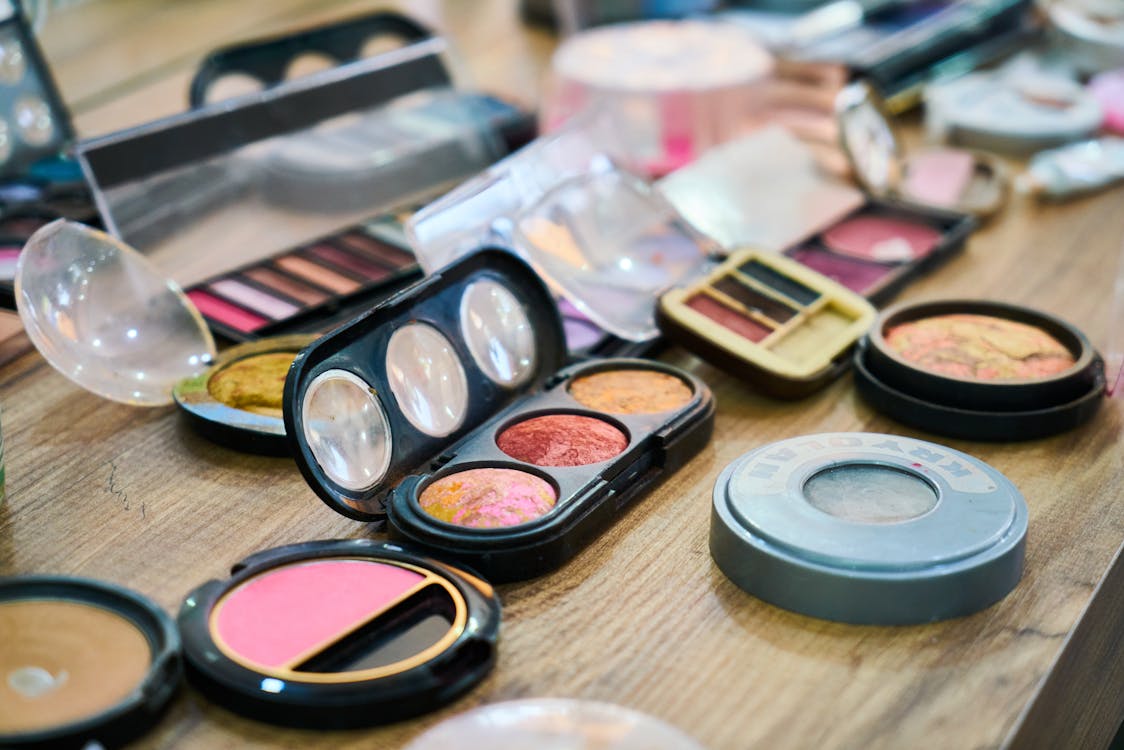The Basics: Ingredients and Formulation
Cosmetic formulations typically consist of several key components:
- Active Ingredients: These are the compounds responsible for the primary function of the product, such as moisturizing, anti-aging, or sun protection.
- Base Ingredients: These provide the structure and texture of the product, ensuring it spreads evenly and adheres to the skin or hair.
- Preservatives and Stabilizers: Essential for maintaining product integrity and preventing microbial growth.
- Fragrances and Colorants: These add sensory appeal, enhancing the product’s aesthetic and consumer experience.
Example: Moisturizing Cream
Let’s take a moisturizing cream as an example. The active ingredients might include humectants like glycerin or hyaluronic acid, which attract moisture to the skin. Emollients such as natural oils or silicones create a smooth texture and prevent water loss. The base could consist of water, emulsifiers (to blend oil and water components), and thickeners to achieve the desired consistency.
Formulation Science: Balancing Act – The Science Behind Cosmetics
Formulating cosmetics is a delicate balance of science and art. Chemists carefully select and combine ingredients to ensure stability, efficacy, and safety. Factors such as pH levels, compatibility of ingredients, and interactions with packaging materials must all be considered to create a product that performs consistently and meets regulatory standards.
Challenges in Formulation
- Stability: Ensuring the product remains effective over time without degrading or separating.
- Safety: Avoiding ingredients that could cause irritation or allergic reactions.
- Efficacy: Achieving the desired results without compromising on sensory qualities or user experience.
The Role of Surfactants and Emulsifiers
Surfactants and emulsifiers play pivotal roles in cosmetics:
- Surfactants: These molecules reduce surface tension, allowing water to mix with oils and dirt on the skin, facilitating cleansing in products like shampoos and cleansers.
- Emulsifiers: Essential for stabilizing emulsions (mixtures of oil and water), ensuring products like creams and lotions remain homogeneous and effective.
Specialized Ingredients: Peptides, Antioxidants, and Retinoids
Advanced skincare often incorporates specialized ingredients:
- Peptides: Chains of amino acids that support collagen production, helping to firm and rejuvenate the skin.
- Antioxidants: Protect skin cells from oxidative stress caused by free radicals, found in vitamins like C and E.
- Retinoids: Derived from vitamin A, these compounds promote cell turnover and improve skin texture and tone.
Scientific Insights
Recent research has highlighted the benefits of these ingredients in combating aging and improving skin health, underscoring the importance of scientific innovation in cosmetic development.
6 Interesting Facts About Gold | Maya (mayathevoice.com)
Regulatory Standards and Consumer Safety – The Science Behind Cosmetics
Cosmetic formulations are subject to rigorous regulatory standards to ensure consumer safety:
- FDA Regulations: In the United States, the FDA regulates cosmetics under the Federal Food, Drug, and Cosmetic Act, focusing on safety and labeling requirements.
- EU Regulations: The European Union’s Cosmetic Regulation establishes safety standards and ingredient restrictions to protect consumer health.
The Future: Trends in Cosmetic Chemistry
As consumer preferences evolve, so does cosmetic chemistry:
- Natural Ingredients: Increasing demand for botanical extracts and naturally derived compounds.
- Sustainability: Emphasis on eco-friendly packaging and manufacturing processes.
- Personalization: Customizable products tailored to individual skin types and concerns.
Innovations in Action
From biodegradable glitter to personalized skincare formulations based on genetic analysis, innovative approaches are reshaping the beauty industry, driven by advances in chemistry and technology.
Market
Conclusion – The Science Behind Cosmetics
Understanding the chemistry of cosmetics illuminates the science behind our favorite beauty products. By delving into formulations, ingredients, and regulatory standards, consumers can make informed choices that align with their skincare needs and values. As cosmetic chemistry continues to evolve, so too will our understanding of how these products enhance our beauty and well-being.




